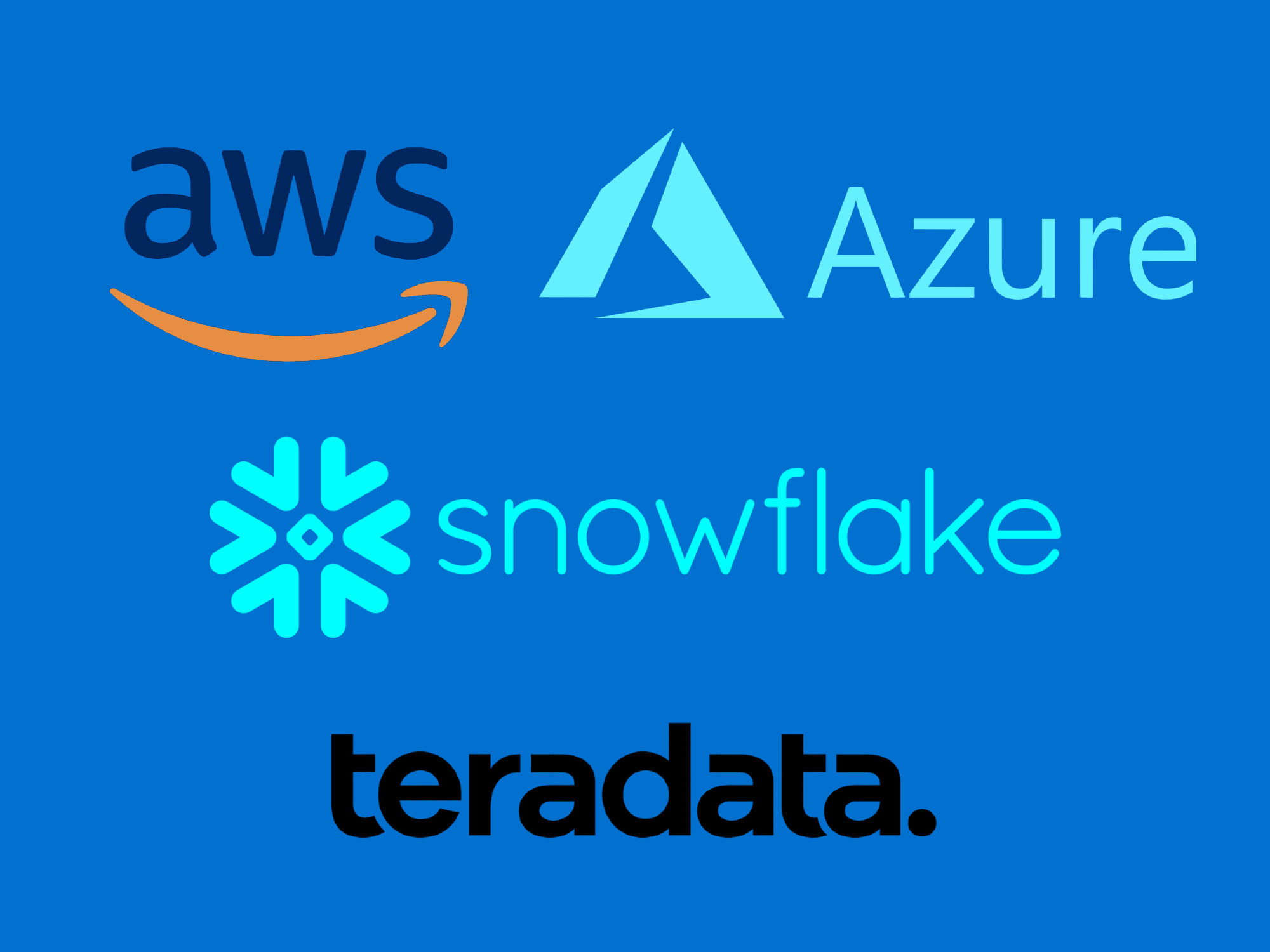A company may require both a data lake and data warehouses, but the two terms are not interchangeable.
Understanding the difference is crucial for proper data governance.
Let’s dive in!
What is a data lake?
There are several big data technologies and cloud-based solutions that organisations can use as platforms for data lakes.
It holds every type of data in its original format, with no limits on file size.
Data lakes are a scalable repository of raw data held in its native format until the organisation requires it for a specific purpose.
The information in data lakes can come from many sources and include a mix of structured, semi-structured and unstructured data.
Specialised software may be required to process the data and translate it into practical insights for making management decisions.
Data lakes are most often used by data scientists; individuals who understand vast reams of raw data.
The information stored in a data lake is unlikely to be accessible to business professionals or those who do not work within the field of data science.
Examples of data lakes:
There are several big data technologies and cloud-based solutions that organisations can use as platforms for data lakes.
Some examples of data lakes include…
The ability to hold a large volume of data at scale, without limitation or reduction in performance unites these various platforms.
These platforms can store and process data at a relatively inexpensive cost, much less than the cost of storing data of a commercial relational database, for example.
The big data technologies used for data lakes can store information in any schema, structure, or format.
What is a data warehouse?
A data warehouse is a central repository of data that’s structured for reporting and analytics. The structured format shapes the basis of business intelligence, with the insights ready to power smarter decision-making.
In contrast to data lakes, the information stored in warehouses is accessible, and staff across the whole organisation can understand the data.
Whereas the data stored in a warehouse has a specific, defined purpose, the end-goal of a data lake is mostly undefined.
One of the main benefits of a data warehouse is the ability to apply machine learning and AI to the data set. Often, this simply isn’t possible with a data lake because machine learning requires real-time structured data to process into algorithms.
Notably, both data lakes and data warehouses require a degree of data governance. If organisations dump information into a data lake, it may become a “data swamp”, reducing data quality.
Ensuring the data lake contains clean data means the information can be processed and be used appropriately later down the line.
Examples of data warehouses:
Popular data warehouse platforms include…
Data lake vs data warehouse comparison:
We’ve summarised the main differences between data warehouses and data lakes in the table below.
| Data Lake | Data Warehouse | |
|---|---|---|
| Data Structure | Raw data | Processed data |
| Data Purpose | Not yet determined | Currently in use |
| Users | Data Scientists | Marketing Professionals |
| Accessibility | Complicated and costly to make changes | Highly accessible, easy and quick to make changes |
| Used For | Data Science and research | Actionable insights and data-driven business intelligence |
| Data Storage | Stores all the available data from different data sources | Stores only relevant data. Professionals can use the data for business insights |
Summing up the differences:
- Data lakes store structured, semi-structured and unstructured data, and are data scientist territory.
- A data warehouse stores structured data for a specific purpose, such as business intelligence or marketing analytics

Alex Quaye is a digital marketing expert with 10 years experience in data analytics, tag management, and growth marketing. He’s helped companies like Gousto, John Lewis, and Hotel Chocolat to acquire more customers with digital marketing. Follow Alex on LinkedIn.
